
In the end, what have we truly achieved? This is the doubt, and the question before us. Providing an answer is not easy. Above all, peace is the most important thing. There’s no doubt about that. Losing even a single life renders any governmental achievement meaningless and shameful. But in war, deaths are inevitable. It’s impossible to put a price tag on how expensive this PEACE is. We’re essentially buying peace — and the price we’re paying is a critical question.
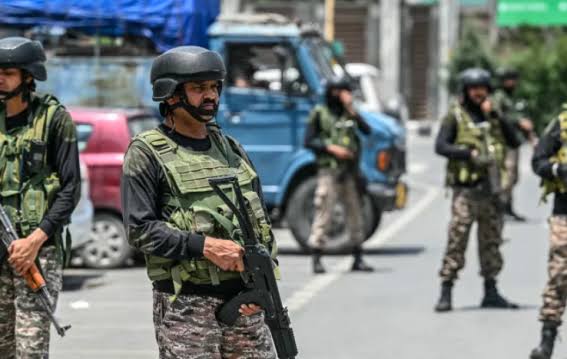
No matter how costly, the ceasefire is valuable and necessary. Was this a strategy — to first commit to a ceasefire by persuading countries like the US, and then strike back at Pakistan upon violations? Or is it just another Bharatiya Janata Party (BJP) manoeuvre in disguise?
A Dangerous Illusion
We haven’t reached a stage where we can genuinely celebrate by saying, “We’ve won; the enemy has lost.” That’s an illusion. Many were shocked — even the BJP. Amidst the online storm glorifying military strategy and war bravado, confusion and doubt emerged among the ruling party ranks and the WhatsApp University propagandists. Total chaos. Utter bewilderment.
On one side, social media was abuzz with claims that Pakistan had surrendered, with its Prime Minister falling at Narendra Modi’s feet pleading, “Please, please!” But these claims crumbled within minutes.
The real question remains: Why was the ceasefire agreement made? Did India gain anything substantial from it?
On the night of May 9, the Indian government officially released photos of the airstrikes that destroyed major Pakistani military bases. Four days later, on May 10, it revealed the names of the terrorists eliminated in the first strike. India claimed overwhelming military success, preventing even a single Pakistani missile from breaching our borders. We hailed our military as an impenetrable fortress. With multiple strikes targeting both terrorists and Pakistani military posts, Indian forces demonstrated their might by downing drones and defending the borders.
Pakistan suddenly makes us question: What did we really achieve? While peace is essential — there’s no doubt — now we wonder: Did we achieve it?
War, Like It or Not
War was thrust upon us, whether we liked it or not. We must hope that Pakistan eventually gains some wisdom. Our soldiers, leaders, the government, and the Opposition must now work together for national defence. On the night of May 8, around 11 p.m., Pakistan attempted infiltration along the international border near Samba district in Jammu and Kashmir using drones and small missiles. Seven terrorists trying to infiltrate were neutralised. Yet, infiltration attempts continue. All suspected infiltrators were believed to be Jaish-e-Mohammad operatives, as per Border Security Force personnel.
Following the Pahalgam terror attack on April 22, India has taken stringent decisions. It has decided to impose strict diplomatic measures against Pakistan, already placing several sanctions on Islamabad. It has also suspended access to Pakistan’s official X account and banned numerous Pakistani journalists’ accounts. Sixteen YouTube channels from Pakistan, including one run by ex-cricketer Shoaib Akhtar, have been banned for allegedly spreading false and inflammatory content.
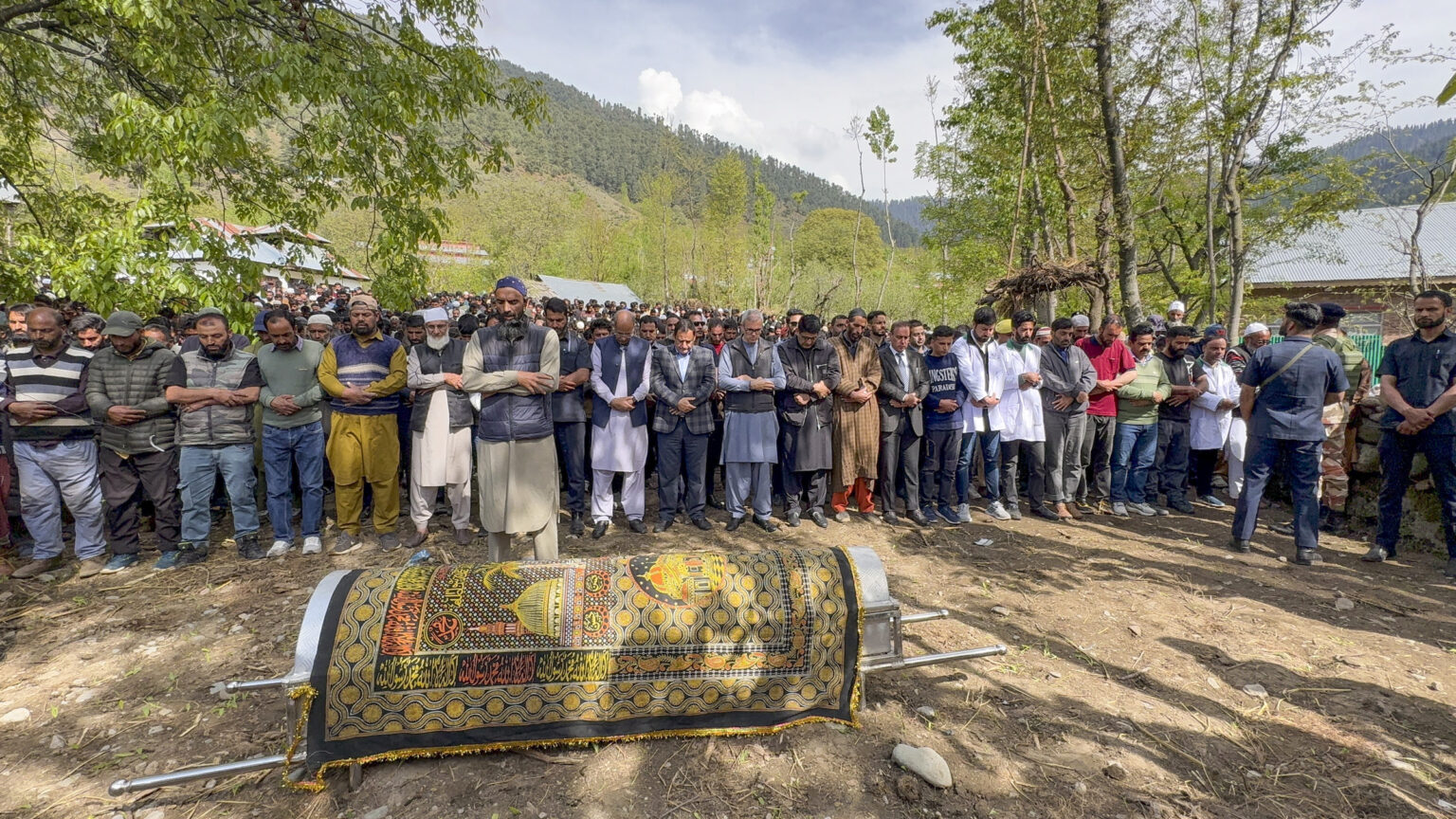
Based on recommendations from the Ministry of Home Affairs, the government has also banned prominent Pakistani news outlets like Dawn News, Geo News, Samaa TV, Suno News, and The Pakistan Reference. Subsequently, Pakistan’s defence minister’s X account was suspended. India justified these actions as necessary for national security and claimed they were taken under the IT Rules, 2021.
Banning Indian Media Isn’t Justified
DIGIPUB officials expressed concern when access to The Wire website was blocked, allegedly on May 8, under the same order that targeted Pakistan-based content. If the goal is to block Pakistan-based hate speech, fine — but including a publication like The Wire is unjustified. Communist Party of India General Secretary D. Raja condemned the Ministry of Information and Broadcasting’s move. Shutting down platforms like The Wire is not the way to combat fake news — doing so curtails press freedom.

Apar Gupta, Founder Director of the Internet Freedom Foundation, criticised the move, stating that while condemning terrorism like the Pahalgam attack is essential, banning The Wire is not the answer. (The block has been removed now).
Terrorism and Fake News: Dual Threats
Pakistan’s military and terrorist groups continue provoking India into war. Yet, beyond terrorism, fake news has become a more dangerous enemy. Every citizen must challenge fake news and verify facts — this is as urgent a need as fighting a war.
Some claimed that this was the time to “liberate PoK” and permanently defeat Pakistan. People were willing to face hardships; all political parties and the public stood united behind the armed forces. Political differences were set aside, and the call went out: “We stand with you, brave soldiers. Fight on — we are with you.” The military continues retaliating against Pakistani aggression. But even then, why did Pakistan agree to a ceasefire while repeatedly violating it?
India has clearly committed to a full ceasefire — a commendable decision. US President Donald Trump, acting as a peace broker, thanked both nations and even shook hands with their leaders. But did we really dismantle terrorist networks? Have their leaders surrendered? Has anything changed in PoK? Did Pakistan offer any written commitments? Do we believe it has truly bowed to our conditions?
Worse Than Terrorists
Consider this: the Central government clarified that viral news about a suicide attack on an army brigade in Rajouri, J&K, was fake. Seven videos were analysed — all were false. Claims of a drone attack on Jalandhar in Punjab were also declared fake. The Press Information Bureau (PIB) Fact Check unit exposed that a widely circulated missile explosion video was from Beirut, Lebanon, in 2020, not India.
The PIB clearly stated there was no suicide attack on any army cantonment, and that the fire seen in Jalandhar was merely from an agricultural field, not a drone strike. The district collector of Jalandhar confirmed that no drone attack occurred.
In conclusion, if war and terrorism weren’t enough, fake news now demands an equal—if not greater—battle. The people must stay alert, seek truth, and uphold peace, because our nation is not just soil — it is its people and their lives.
Has the Madness Ended?
Has the madness of terrorism ended, or even slowed down? After the ceasefire announcement, Pakistan has continued brutal ceasefire violations along the border. In the past three days alone, drone attacks have reportedly breached five Indian states. One drone reached Rajbagh in Srinagar, another was spotted in Gujarat’s Kutch region. Jammu & Kashmir’s Chief Minster Omar Abdullah confirmed hearing gunfire and explosions in Srinagar.
So, what is this ceasefire? What kind of agreement is this?
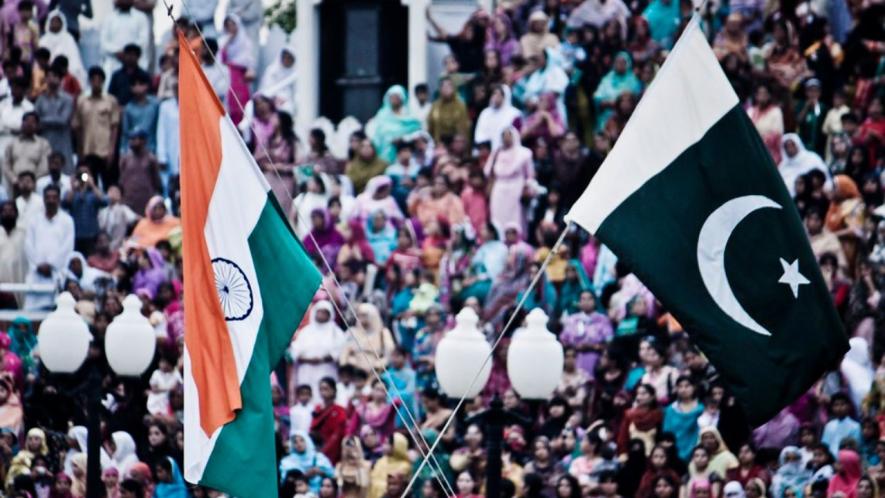
Like the mythical claim that celestial beings split Balochistan, some exaggeratedly proclaimed that “Pakistani Kashmir is now ours” and that “Pakistan will disappear from the map.” Is Pakistan surrendering? Begging for peace? Were there any signs of genuine compromise?
What answer does the government have for those killed in the Pahalgam attack? Why was the offensive started — and why was it stopped?
Ceasefire or a Prelude to Death?
Let us hope that this ceasefire is truly real and lasting — it’s our collective responsibility. India’s Foreign Secretary says we will strongly respond to any violations. Pakistan’s Foreign Secretary claims their commitment continues.
Thirty countries, including those in the United Nations, Bangladesh, Qatar, Turkey, and the United Kingdom, have praised the ceasefire as a great decision. But is this ceasefire actually a death warrant?
After the Pehalgam massacre, do those lost lives hold no value? Pakistan has openly claimed responsibility for killing 13 people outside the Line of Control. What did we truly achieve?
A Telugu popular Mahakavi (Great Poet) Late Gurajada Apparao said: “Our Nation Means Its People, Their Lives — Not Just Soil.”
This article was originally published in NewsClick and can be read here.


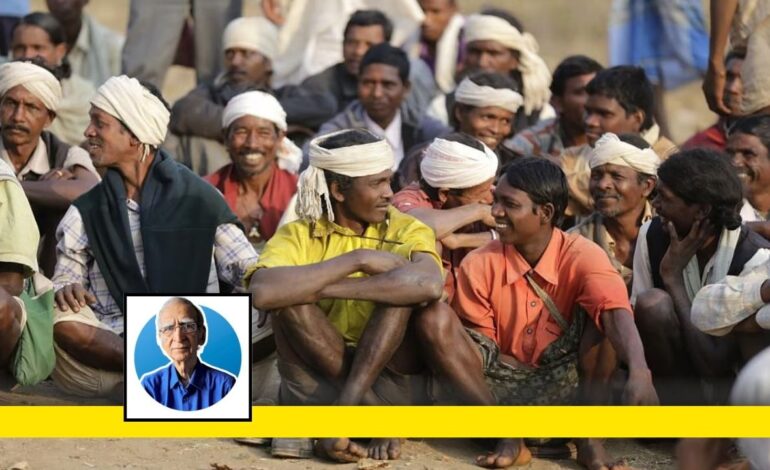


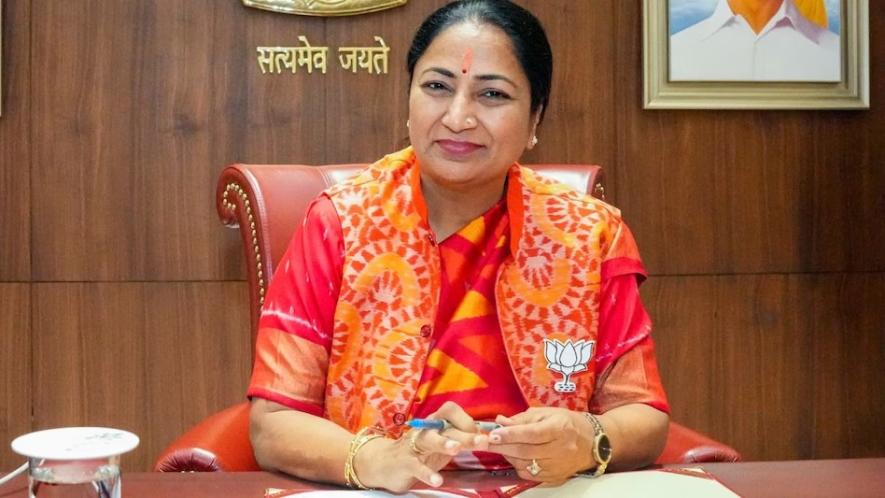
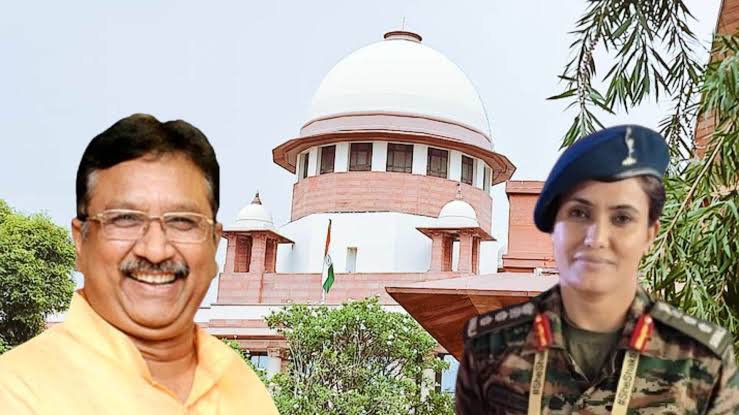
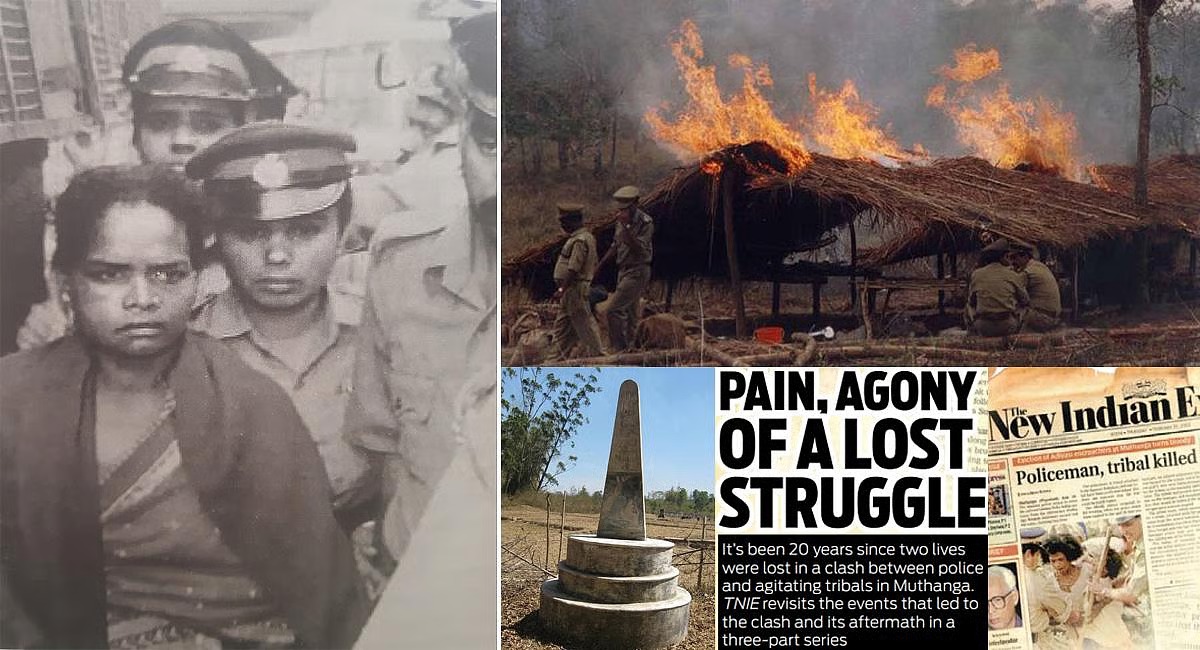
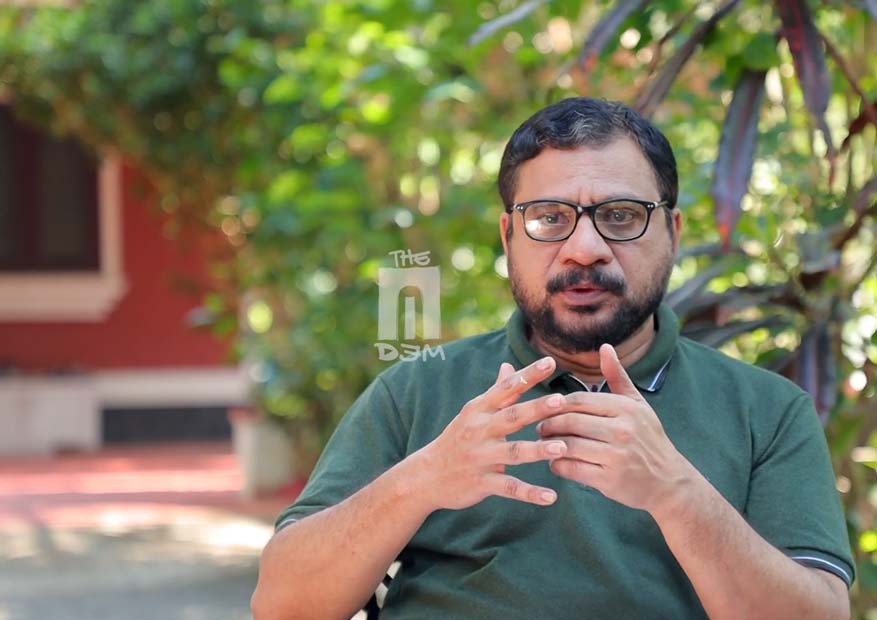
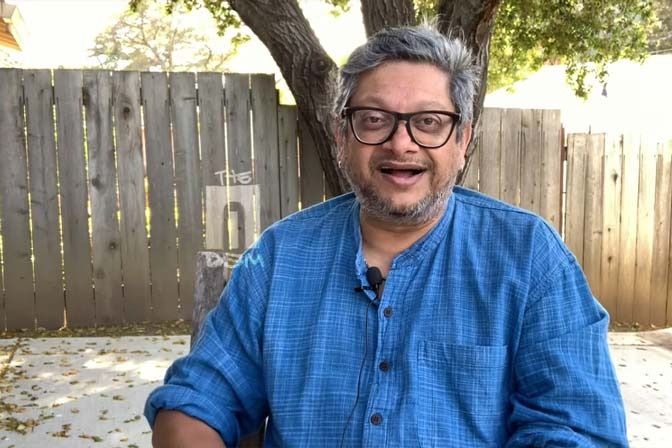
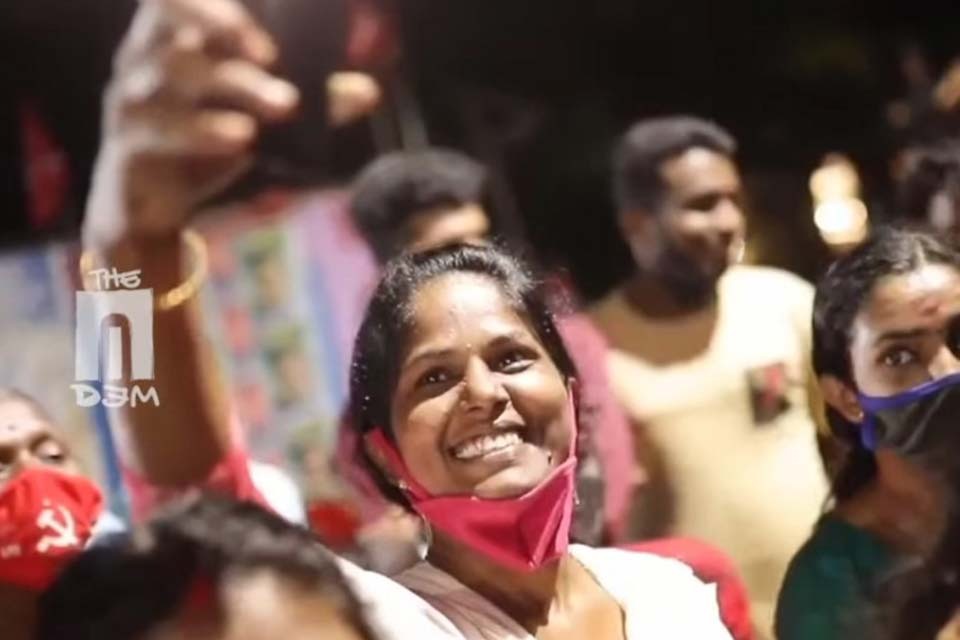

Very important points put forward in this article .. thank you Professor Acharyulu
Suggest that this so called Professor listen to the Sashi Tharoor interview with Karan Thapar before making all this big statement. Pity you Fake Acharya 😡